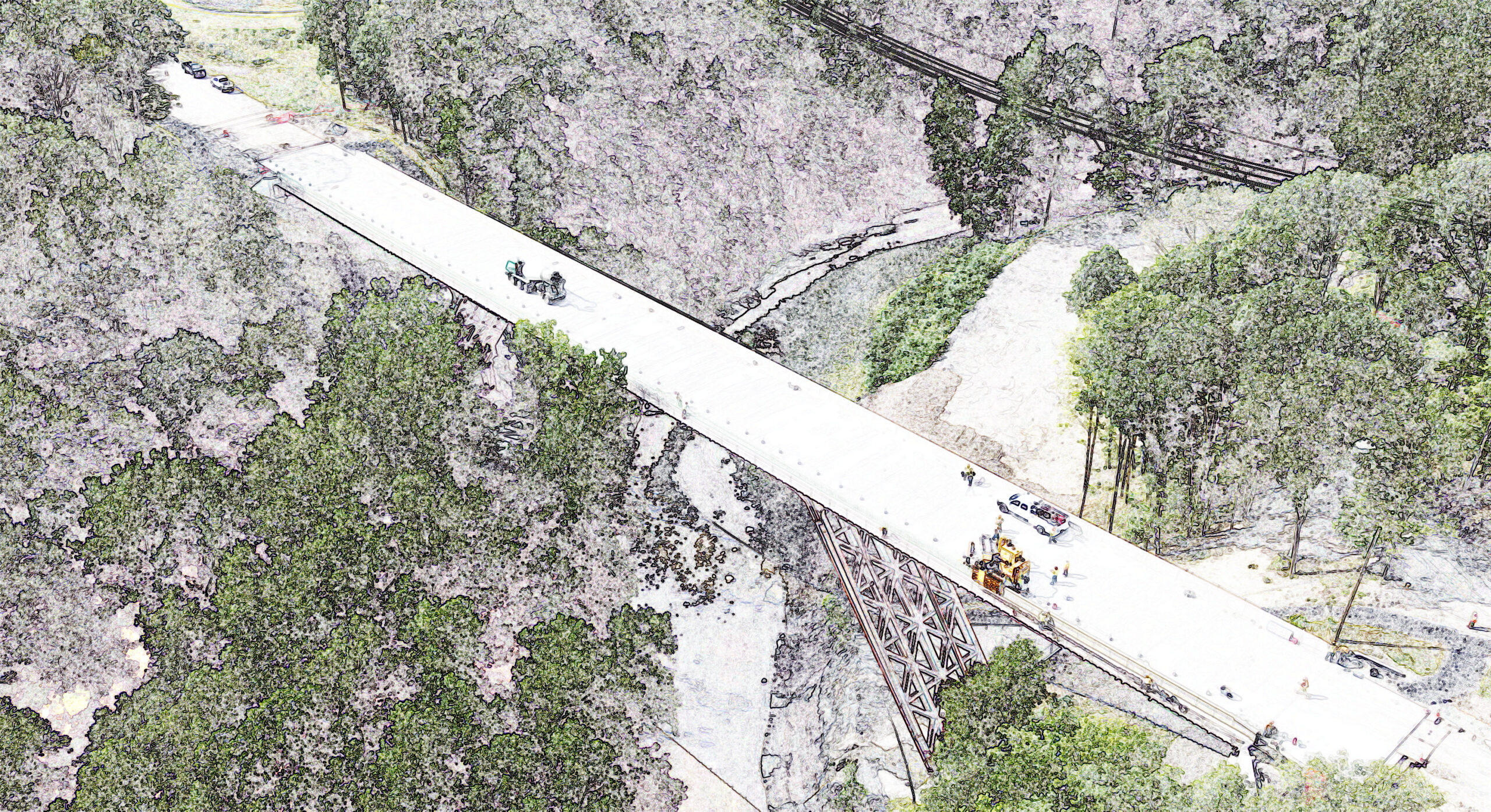The first new 2024 “Expertise Project” for middle and high school math classrooms is now available on Expertise Online.
It is called the “Barriers over Salmon Creek” and is sponsored by the New York State Department of Transportation.

This Expertise Project asks students to make a business decision whether they should accept a contract to pour concrete barriers on a bridge for $100,000.
Here’s how it works:
First, introduce this Expertise Project to your class.
Print out the worksheet, highlight the math needed is what is presented in middle school, and frame this lesson as a business decision.
Not all students understand how eighth-grade geometry and algebra will affect their lives. But most students understand that they, someday soon, will need to join the workforce and make money- so pose it like that.












Second, engage the students with a virtual site visit using Expertise VR.
Most students have never stepped foot on an active infrastructure project, so allow them to do so using Expertise VR.
Expertise VR headsets provide an immersive, like-you-are-there experience so students can see the project and the teams working on it. Use multiple headsets in “stations” to engage students, or a single headset connected to a projector to guide a classroom discussion.
Two minutes in the headset will provide students with a visual that they can then build an understanding from.
If your specific class does not have Expertise VR, the same video is accessible using any device on Expertise Online.

Feel free to sample this workforce experience here:
Third, direct the students to the resource page on Expertise Online.
Each subscribing district is given a login that can be used in any grade level, in any building, in any district home.
Direct the students to Expertise Online, select “Use an Expertise Project”, navigate to this lesson, and review the resources that are curated on this page.
Note that many more resources listed than will be required to complete the lesson. But, for more advanced classes and curious clickers, students are given access to an array of resources, that include: the full and excerpted sets of the NYSDOT blueprints used on this project, the blueprints and demolition video of the 1930s era bridge it replaced, links to awards won by the NYSDOT for this project, construction photographs, NYS Department of Labor Wage information, career testimonials from bridge inspectors and trainees, career salary information for related creates, and more.






Fourth, calm the students down and just ask them to copy.
This is the point in the class where students start to feel anxiety. This usually true of any age or skill level.
Which is a bit healthy because of course your students have never attempted to read construction drawings, performed a material quantity takeoff, or attempted to estimate the labor hours and rates for a prevailing wage construction project. Few people have.
But Expertise Projects try to make expertise accessible in a low-stress way.
Just assign your students to watch the four-part “Watch the Expert” video series, ask them to copy what the person does on their worksheet, and then just hand that in.
In this case, the person completing the project is myself (Mike), who is a licensed professional engineer. I use middle school math to make a living designing infrastructure and spent three years as a college instructor trying to develop ways to make learning it faster. There’s no right way to complete a problem like this, but I guide you along the way that I’d do it.
The series takes about two hours to complete, and is best assigned over a few days for your class to chip away at. If you’re curious what these look like, below is a link to the 11-minute “wrap up” of the overall series.
Lastly, after the students have handed in their work – ask them to participate in a discussion about skills and careers.
At that point, students will have seen an active project with their own eyes, deployed math skills creatively to solve a real-world problem, asked to perform a business analysis, and been exposed to a variety of career paths along the way.
That’s a good time to have an open discussion. Where that discussion leads will vary on the individuals in the room – but everyone will at least have completed a shared experience.
Special Thanks
This Expertise Project is made possible by the teams at the New York State Department of Transportation.
Their teams in the Office of Opportunity and Inclusion, the Interstate 81 Viaduct Project, and those professionals in the office and field in Regions 1, 2, and 3 (Albany, Utica, and Syracuse) have spent the last two years working with Expertise Project to both create immersive experiences such as these and pilot ways to integrate into into classrooms and training centers. We look forward to continuing this work onwards.
But in a world where everyone is busy, Scott Butler, Lory Smitka, Sondra Little, David Smith and others always seemed to find a way to ensure mundane moments on massive projects were made accessible to raise awareness of the infrastructure being built in Upstate New York.




